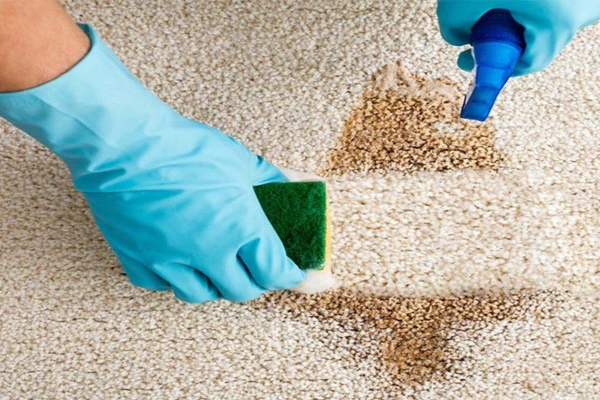
With the arrival of cold weather, many people indulge in unhealthy food. We explain how to gently maintain your shape so you won’t have to lose weight by summer.
Autumn is a time when the body naturally craves hearty food and extra energy. It’s colder, darker, and we desire comfort and quick carbohydrates. But now is the easiest time to maintain a normal weight. The right autumn nutrition strategy works gently: the body gets what it needs, appetite stabilizes, and excess weight does not accumulate.
Focus on Warm Food and Comforting Dishes
In autumn, metabolism slows down slightly, and the cold increases the need for calories. Warm food helps stabilize appetite and reduces cravings for sweets. Pureed soups, stews, baked vegetables, and warm salads are suitable—they provide satiety without overloading on calories.
Such food does not cause sugar spikes, so there’s no urge for cookies and pastries "for mood."
Condition No. 1: Protein Three Times a Day
Protein regulates appetite, reduces emotional hunger, and helps avoid overeating in the evening. This is especially important in autumn, as darkness and fatigue often mask false hunger.
Suitable options: fish, eggs, poultry, tofu, cottage cheese, legumes.
The norm is a serving of protein at each meal.
Complex Carbohydrates – The Main Anti-Binge Tool
Giving up carbohydrates in autumn is a bad idea: the body will still demand them, but in the form of sweets. It’s easier to provide it with the right sources.
The best options: whole grain cereals, buckwheat, oatmeal, quinoa, pumpkin, sweet potatoes, legumes.
Complex carbohydrates provide stable energy and reduce cravings for evening snacks.
Fats – Not Enemies, but Mood Stabilizers
In autumn, there’s no need to fear fats. They support skin, hormones, and reduce appetite.
Healthy options: nuts, olive oil, avocado, seeds, fatty fish.
The main thing is not to turn a snack into "an evening with a bag of nuts." A small portion is enough—literally 20–25 g.
Less Sugar, But No Harsh Restrictions
If you completely forbid yourself sweets, a binge almost always happens in autumn. The goal is not to eliminate sugar but to reduce its share:
– choose desserts 1–2 times a week;
– prefer homemade options;
– use sweet berries, persimmons, and apples as alternatives.
Hot Drinks Help Control Appetite
Warm water, tea, and herbal infusions reduce the desire to snack endlessly. Sometimes the body confuses thirst with hunger—this happens more often in autumn than in summer.
A good guideline: a glass of warm water before meals. This normalizes appetite and helps eat more mindfully.
Fiber – The Best Friend of Your Figure in Cold Seasons
Vegetables in autumn should not only be a side dish. Fiber slows down carbohydrate absorption and provides prolonged satiety. Add vegetables to soups, bake them, make warm salads, and add greens to prepared dishes.
The minimum is 300–400 g of vegetables per day.
Routine and Stability Are More Important Than Caloric Deficit
In autumn, there’s no need to lose weight. It’s important to stabilize.
It’s better to eat regularly, 3–4 times a day, and not to fall into a pattern of chaotic snacking. When the body understands that food will come on time, it stops "stockpiling."
Autumn – The Perfect Time to Form Habits
If you establish balance now, your weight will remain stable until spring—without diets, detoxes, and forced weight loss by summer. It’s important not to try to be perfect but to follow gentle yet effective rules: warm food, protein, complex carbohydrates, fiber, and minimizing sugar.












